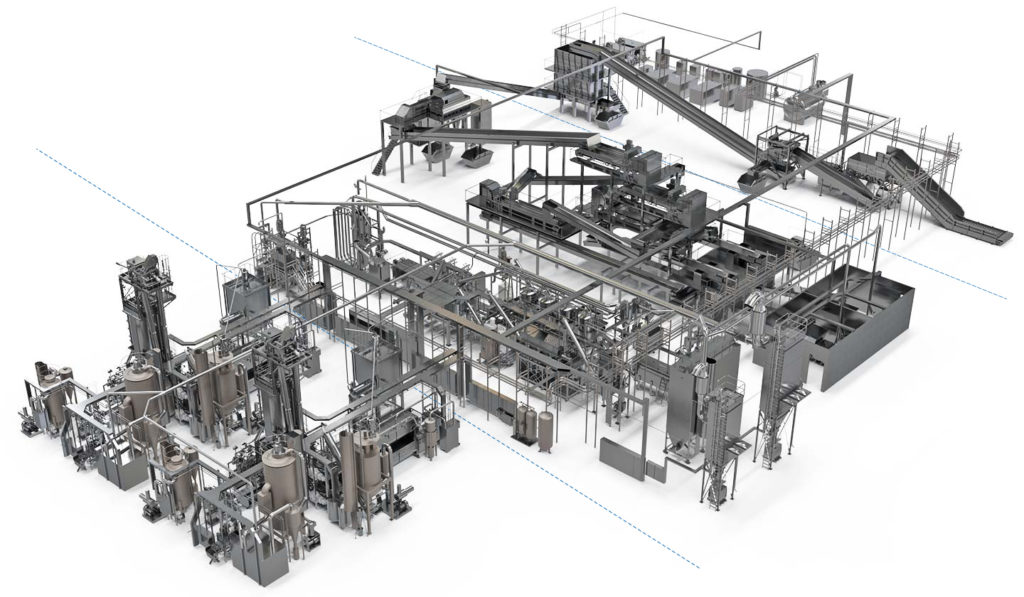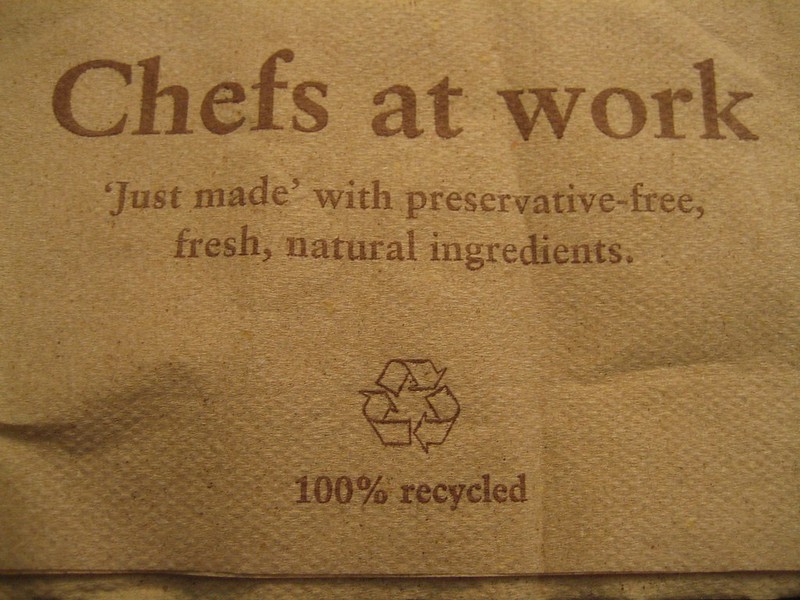As discussed in the first and second installments of this series, we are drifting into a consumption-driven stupor and self-medicating our way through lives that, if we live in OECD countries, use 15 tonnes of material per year. Even though some things are recycled, these recycled goods do not often become high-value items. Repurposing existing waste streams and materials that are already near are to me key low marginal cost ways to better our world and lot. Yes, there may be more impactful things that we could do, but this is one with few, perceived unintended consequences. Also, whereas planting a billion trees would seem like a good idea, there would be a lot to control there operationally, and a lot of things could not pan out in the long run. Recycling existing waste into high-value consumer goods, however, has a much shorter and directer feedback loop. These products would need to survive based on their own merits in the marketplace alongside goods made of new materials. If they are to really work and expand, they would be cost-competitive or maybe even less expensive to make but higher performing than regular goods. If we want to take recycling from something we have to do to something that we like doing, we need to make it fun, enjoyable and pleasing. If we can then transform recycled goods into high-value ones, we can begin to make a dent in all of the senseless weight in materials that we use up.



The weight of the Eurocopter Tiger, the Sikorsky Blackhawk, and Boeing Apache helicopters together is less than the total weight of material that you use up per year. That’s kind of sad but also an opportunity. There are a few distinct advantages to recycling materials as opposed to using new ones.
- Recycled materials are often found close to consumers. This is super obvious but also in terms of the low cost of transport and storage a huge advantage.
- Recycled materials have fewer parties participating in the value chain, which can give you more control, direct interaction with every market participant and leverage. A virgin material may be made of a few different petrochemicals which are transported, processed and distributed by dozens or more companies until they reach a consumer. A recycled material is collected, sorted and processed; very often through one firm in one region. Less consecutive margin cuts make for a potentially attractive business overall as well.
- Recycled materials are often very inexpensive. There are exceptions to this of course but generally recycled materials are available at a discount to virgin materials, giving you pricing advantages.
- Consumers like recycled materials because it makes them feel less bad about their consumption.
There are also some disadvantages to recycled materials:
- Traceability in recycled materials is often difficult. We don’t always know which polymer has which additives and how it has been processed if we find it in a trash bin. The same material with a pedigree will be worth much more than one without.

- Due to this certification of recycled goods is difficult unless processes are designed such as the rPet process that Krones has whereby used water bottles can be turned into flakes, then preforms and finally food-safe certified water bottles. The image above shows you the layout of a Krones rPet plant.
- There is still something icky about recycled materials as in, you wouldn’t mind a recycled book bag but would mind a recycled baby bottle. But, then again you wouldn’t mind a paper recycled napkin touching your mouth but you would probably have misgivings about a recycled plastic mouthguard.

- Recycled materials have a particular rough/mixed aesthetic that is not always appealing. Particularly this is by design to make things look recycled and partially this is to offset costs, but in some cases, it is also not always possible to recreate the look and feel of a virgin object.
- You can’t recycle everything infinitely and most recycled objects lose strength for example when they’re recycled.
- Sorting, separating and processing recycled items is time-consuming and expensive.
- There are no real standards for recycled or green or environmentally friendly which puts the bar very low for a lot of recycling projects.
- There is a lot of greenwash, that undercuts the value of real recycling projects.
So generally as a product family, all recycled materials everywhere are not ideal. Recycling will also not work for many products. But if we pick the right categories of recycled goods and make them the right way we could very well find success for ourselves and the planet.
Photos by: ClevrCat, Timothy Swinson, Karliss Dambrans, Anna Zevereva, Krones, Scoobyfoo.
Subscribe to Our Email Newsletter
Stay up-to-date on all the latest news from the 3D printing industry and receive information and offers from third party vendors.
You May Also Like
3D Printing News Briefs, April 13, 2024: Robotics, Orthotics, & Hypersonics
In 3D Printing News Briefs today, we’re focusing first on robotics, as Carnegie Mellon University’s new Robotics Innovation Center will house several community outreach programs, and Ugogo3D is now working...
Rail Giant Alstom Saves $15M with 3D Printing Automation Software 3D Spark
3D Spark has entered into a three-year deal with the rail giant Alstom. Alstom, a transport behemoth with annual revenues of $16 billion, specializes in the manufacture of trains, trams,...
Meltio Expands Global Reach with New Partnerships in the Americas and Europe
Spanish 3D printing manufacturer Meltio has expanded its sales network across the globe. With the addition of three new partners in the United States, Brazil, Argentina, and Italy, Meltio aims...
3D Printing Webinar and Event Roundup: April 7, 2024
Webinars and events in the 3D printing industry are picking back up this week! Sea-Air-Space is coming to Maryland, and SAE International is sponsoring a 3D Systems webinar about 3D...































